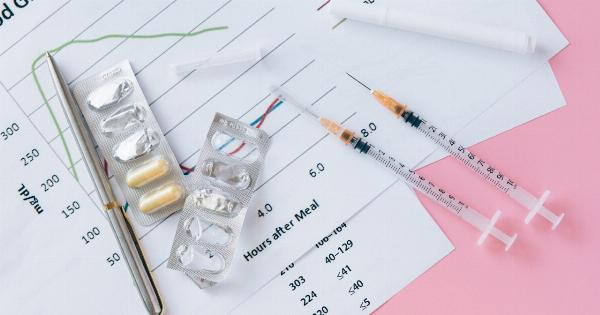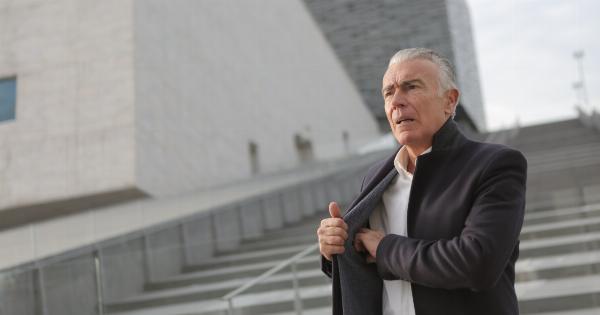As technology and research continue to advance, the quest for eternal youth and the fight against aging are constant topics of interest. From skincare products to surgical interventions, people are always on the lookout for the next big breakthrough.
But could the answer to anti-aging be hiding within us all along, in the very blood that courses through our veins?.
The fountain of youth
Throughout history, humans have been captivated by the notion of finding the mystical fountain of youth.
Countless tales and legends speak of magical waters that possess the power to reverse the aging process, restoring vitality and vigor to those who partake. While the existence of such a fountain remains a mere myth, recent scientific studies have shed light on the potential of blood to hold transformative properties.
The role of blood in aging
Blood plays a crucial role in maintaining overall health and functioning of the human body. It carries oxygen, nutrients, and hormones to cells, while also removing waste products and toxins.
Additionally, blood contains various components that contribute to the body’s immune response and help in the repair and regeneration of tissues.
One particular area of interest when it comes to blood and aging is the decline in the number and function of stem cells.
Stem cells are undifferentiated cells that have the potential to develop into various types of specialized cells, aiding in the body’s natural healing and rejuvenation processes. With age, the number of stem cells in the body decreases, leading to a diminished regenerative capacity and an increased likelihood of age-related diseases and conditions.
The promise of young blood
In recent years, researchers have discovered that young blood may have rejuvenating effects when introduced into older organisms. This groundbreaking concept, known as parabiosis, involves joining the circulatory systems of a young and old animal.
Studies conducted on mice have shown that older mice exposed to the blood of younger mice experienced improved cognitive and physical functions, as well as enhanced tissue repair and regeneration.
While parabiosis raises ethical concerns when it comes to human applications, scientists are now focusing on identifying the specific components within young blood responsible for promoting youthfulness.
This has led to the emergence of a burgeoning field of research known as young blood therapy or plasma rejuvenation.
Plasma rejuvenation: The key to anti-aging?
Plasma, the liquid part of blood, contains a cocktail of proteins, growth factors, hormones, and other molecules that regulate various bodily functions.
Scientists believe that by isolating these specific components, they may be able to create targeted treatments for aging-related conditions.
One protein gaining significant attention in the field of plasma rejuvenation is called GDF11. In laboratory experiments, GDF11 has shown remarkable rejuvenating effects on muscle and brain tissues.
Researchers think that GDF11 might have the potential to stimulate the regeneration of these tissues and restore their youthful characteristics.
Another essential component of plasma is platelet-rich plasma (PRP). PRP contains a higher concentration of platelets, which release growth factors that promote tissue repair and regeneration.
PRP therapy, commonly used in sports medicine and dermatology, involves injecting concentrated platelets back into the patient’s body to accelerate healing and rejuvenation.
Beyond blood: Potential anti-aging interventions
While blood and plasma rejuvenation hold promise for the future, there are several other avenues being explored in the quest for anti-aging interventions. Here are a few noteworthy approaches:.
1. Telomere lengthening
Telomeres are protective caps at the ends of chromosomes that shorten with each cell division. Shortened telomeres are associated with aging and age-related diseases.
Researchers are investigating ways to lengthen telomeres to potentially slow down or reverse the aging process.
2. Caloric restriction and fasting
Studies have shown that reducing calorie intake or practicing periodic fasting can extend lifespan and improve overall health. These dietary interventions trigger various cellular mechanisms that enhance stress resistance and promote longevity.
3. Senolytics
Senescent cells are cells that have stopped dividing and no longer function properly. They accumulate with age and contribute to inflammation and tissue damage.
Senolytics are drugs that can selectively eliminate senescent cells, potentially reducing age-related decline and promoting tissue rejuvenation.
4. Hormone optimization
Hormonal changes occur with age and can contribute to various age-related symptoms. Optimizing hormone levels through hormone replacement therapy (HRT) or other means may help alleviate these symptoms and slow down the aging process.
The future of anti-aging
While the concept of using blood as the answer to anti-aging is still in its early stages, the potential it holds is captivating.
The breakthroughs in plasma rejuvenation and the exploration of other interventions provide hope for a future where aging may not be an inevitable decline, but a condition that can be managed and reversed.
As researchers continue to unravel the secrets of blood and aging, it is essential to approach these advancements with caution.
Ethical considerations, rigorous scientific testing, and long-term safety assessments are necessary to ensure the development of effective and safe anti-aging interventions.



























